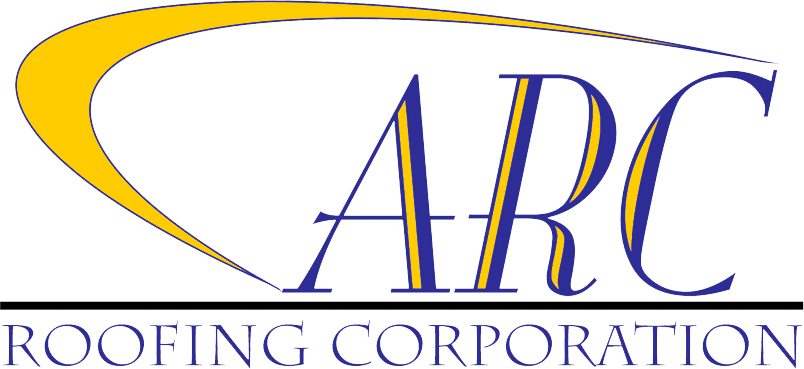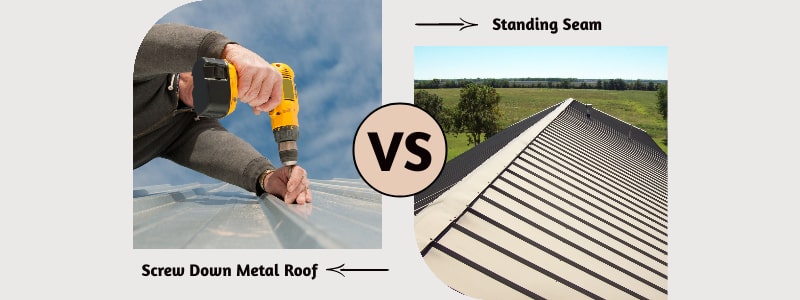The residential roofing landscape has witnessed a significant shift in recent years. As homeowners prioritize durability, sustainability, and aesthetics, metal roofing systems have emerged as a compelling alternative to traditional asphalt shingles.
However, within the metal roofing domain itself, two primary options vie for dominance: standing seam and screw down metal panels.
Each presents a distinct set of advantages and disadvantages, making a well-informed decision crucial for long-term satisfaction.
Understanding the Materials
- Standing Seam: Employs long metal panels connected by raised seams that conceal fasteners. These roofs are typically made from high-grade steel, aluminum, or even copper, offering superior weather resistance.
- Screw Down: Utilizes panels directly fastened to the roof deck with exposed screws. Similar metals are used, but the exposed design can be more vulnerable to weather over time.
Environmental Impact
Both options often contain recycled content and are fully recyclable themselves, minimizing landfill waste compared to traditional asphalt roofs.
However, standing seam’s extended lifespan and potentially lower maintenance requirements might give it a slight edge in eco-friendliness.
Installation Process
- Standing Seam: A more intricate process involving specialized tools and expertise to secure panels with hidden fasteners. This translates to a longer installation time and potentially higher labor costs.
- Screw Down: A faster and more cost-effective installation due to its straightforward method of attaching panels directly to the deck with screws. However, this introduces more potential points of water infiltration over time.
Considering the Pros and Cons
Standing Seam
- Pros: Sleek design, exceptional longevity (30+ years), low maintenance, superior wind resistance.
- Cons: Higher initial cost, complex repairs, potential for oil canning (aesthetic waviness).
Screw Down
- Pros: Budget-friendly, easy repairs, readily available.
- Cons: Less aesthetically pleasing exposed screws, shorter lifespan (compared to standing seam), potential for leaks around screws, higher long-term maintenance costs.
Design and Aesthetics
- Standing Seam: Offers a modern, seamless look with clean lines due to concealed fasteners. Ideal for contemporary architecture.
- Screw Down: Exhibits a more industrial aesthetic with visible screws and corrugated panels. Complements farmhouses, workshops, and utilitarian structures.
Maintenance and Durability
- Standing Seam: Requires less frequent maintenance due to concealed fasteners and ability to handle temperature fluctuations.
- Screw Down: Demands more regular inspections (every 5-10 years) to address loose screws, potential rust, and leaking.
The Bottom Line
The choice between standing seam and screw down hinges on your priorities.
- Standing Seam: Ideal for those seeking a modern look, long-term investment, and minimal upkeep.
- Screw Down: A budget-conscious option with easy repairs, but be prepared for potentially higher maintenance costs down the line.
Additional Considerations
- Local Building Codes: Regulations might influence your decision, so consult your local building authority. You can find your local authority through resources like the International Code Council https://www.iccsafe.org/.
Professional Consultation: Seek advice from experienced roofing contractors certified by organizations like NRCA and GAF to ensure compliance and get expert recommendations.






